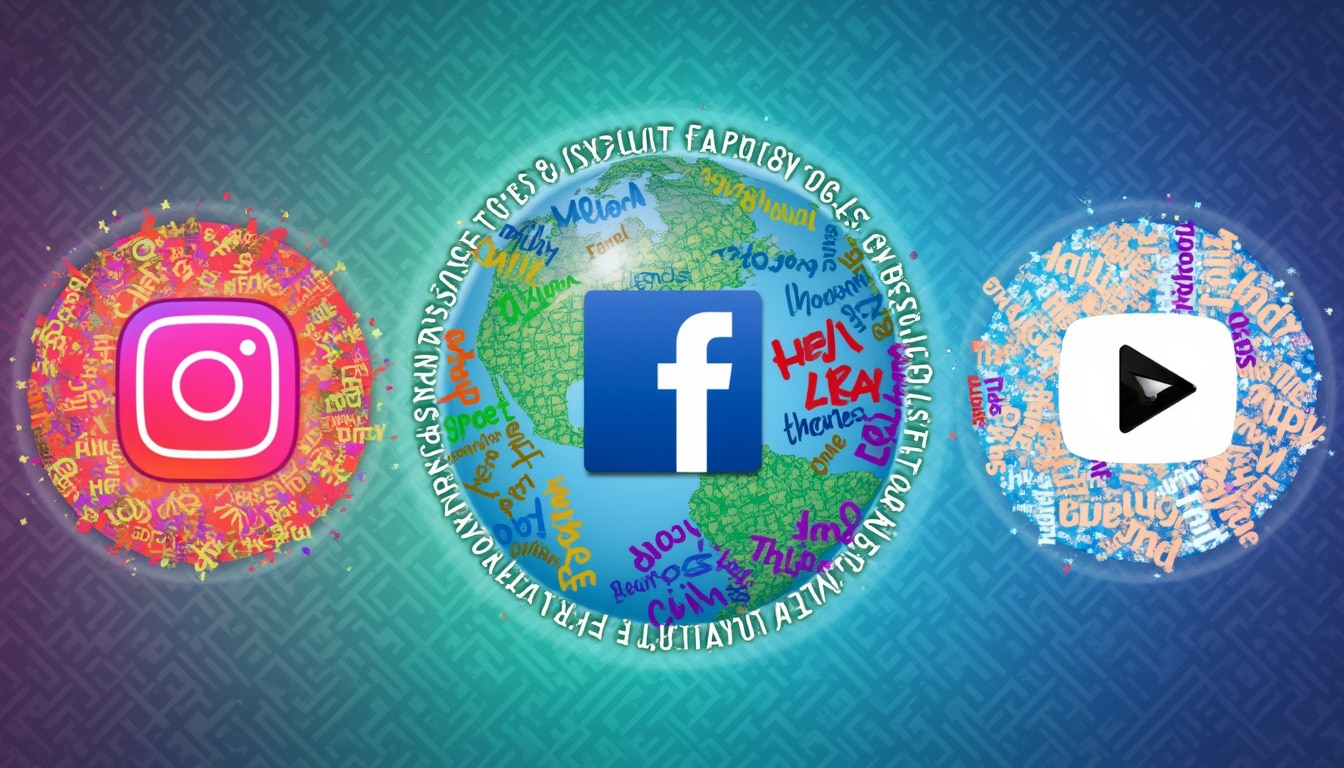In an ever-evolving digital landscape, optimizing audience engagement is at the forefront of social media strategies. Understanding how to effectively utilize tags, such as SEO tags, social media tags, and content tagging, can enhance visibility while fostering community interaction. This article delves into the various kinds of tags that empower brands to connect with their audience, focusing specifically on different platforms like YouTube, Instagram, Facebook, and their unique tagging requirements. With practical strategies and insights, we explore how these tools directly impact engagement metrics.
Understanding the Importance of Tags
Tags are crucial in navigating the vast sea of online content. For brands, they act as a lighthouse guiding potential followers or customers towards their offerings. By categorizing content properly, brands enhance their discoverability and create more effective YouTube tags to improve audience engagement. Tags help bridge the gap between a brand’s messaging and the audience’s interests, ensuring that content reaches the right eyes. So, it’s vital to understand the different types of tags and how to employ them strategically across various platforms.

What are the Main Types of Tags?
Different platforms utilize various forms of tags to maximize audience interaction. Below is an overview of the primary types of tags:
- SEO Tags: These tags optimize content for search engines, ensuring better ranking and increased organic reach.
- Social Media Tags: Tags specific to social platforms significantly enhance posts’ visibility, connecting brands with trending topics.
- YouTube Tags: Used primarily for categorizing video content, these tags boost video searchability and recommendations.
- Content Tags: Such tags enhance the organization within other forms of content, assisting viewers in navigating through topics of interest.
- WordPress Tags: These are essential for categorizing blog posts, allowing audience members to find related content quickly.
- Facebook Tagging: This involves tagging individuals or brands in posts, enhancing reach and encouraging engagement through connectivity.
Strategies for Maximizing Engagement Through Tags
The strategic implementation of tags can significantly enhance brand engagement. Let’s break down some effective strategies for utilizing tags across key platforms.

Developing a Robust Hashtag Strategy for Instagram
Instagram thrives on hashtags. Posts utilizing at least one hashtag see an average of 12.6% more engagement than those without. Here are actionable steps to create a strong hashtag strategy:
- Research Trending Hashtags: Use Instagram’s search tool to identify popular hashtags that align with your niche, which can significantly increase visibility.
- Create Branded Hashtags: Develop a unique hashtag that encompasses your brand’s ethos, making it easier for users to find and engage with your content.
- Seasonal and Event-Specific Hashtags: Coordinate your tagging strategy with relevant seasons or events to maximize reach.
- Monitor Competitors: Keep an eye on leading brands in your industry to see how they implement their hashtag strategies and incorporate useful insights.
The Role of Tags on YouTube for Enhanced Engagement
YouTube presents unique opportunities for increasing engagement through the use of tags strategically. It’s vital to understand that tags help categorically organize video content, making it easier for the platform to recommend videos to the right viewers.
| Type of Tag | Description | Best Practices |
|---|---|---|
| #General Tags | Basic tags that identify the general subject matter. | Use broad tags for wider discoverability. |
| #Niche Tags | Specific tags that cater to a targeted audience. | Focus on relevant and trending niche tags. |
| #Location Tags | Tags connecting content to a specific geographic location. | Use location-specific tags for local reach. |
| #Brand Tags | Tags specific to the associated brands mentioned in the video. | Tag brands to attract their audience as well. |
Furthermore, always incorporate keywords in the video descriptions that correspond to the identified tags. This not only enhances tagging precision but also strengthens overall YouTube SEO.
Facebook Tagging: Building Communities
Facebook tagging is not merely a method of identifying friends but also a powerful tool for promoting content. By tagging relevant individuals and businesses, you can expand your reach and foster community connections. Here are some practical approaches to effectively utilize tagging on Facebook:
- Engage with Influencers: Tag influencers in your content to attract their audience and enhance your brand’s visibility.
- Utilize Live Videos: Tag participants in live broadcasts to create buzz and encourage interaction.
- Regularly Analyze Tag Performance: Monitor which tagged posts lead to higher engagement rates and modify your tagging strategy accordingly.
Embracing Pinterest and Enhancing SEO Through Tags
Pinterest offers unique functionalities when it comes to tagging. While primarily image-based, effective tagging enables viewers to discover content that aligns with their interests. Here’s how to leverage tags for SEO on Pinterest:
Key Practices for Pinterest Tags
Implementing strategic tags on Pinterest can enhance your visibility tremendously. Consider these key practices:
- Use Descriptive Tags: Incorporate clear and concise tags that represent the content accurately.
- Engage with Community Tags: Use existing community tags within your niche to connect with broader conversations.
- Cross-promotion of Pins: Always tag related content across your boards for enhanced engagement.

Analytics and Measuring Tag Effectiveness
Tracking the performance of your tags is essential in refining your strategy. By leveraging social media analytics tools, brands can assess the effectiveness of different tags and optimize their use:
- Monitor Engagement Rates: Review how tagged posts perform to identify trends over time.
- Adjust Based on Data: Modify tagging strategies and content types based on analytics insights.
- Experiment with A/B Testing: Test different tag types and placements to ascertain what garners the most engagement.
Final Insights on Tags and Engagement
Understanding and implementing a comprehensive tagging strategy is paramount for improving audience engagement. With platforms increasingly relying on audience interaction metrics, the right tags can significantly contribute to building a strong online presence. Engaging effectively on platforms like YouTube, Instagram, Facebook, and Pinterest not only fosters community but also drives measurable engagement. The fluidity and adaptability that tags provide can tailor your outreach, paving the way for sustained growth in your audience. Begin refining your tagging strategy today to fully capitalize on its potential!
